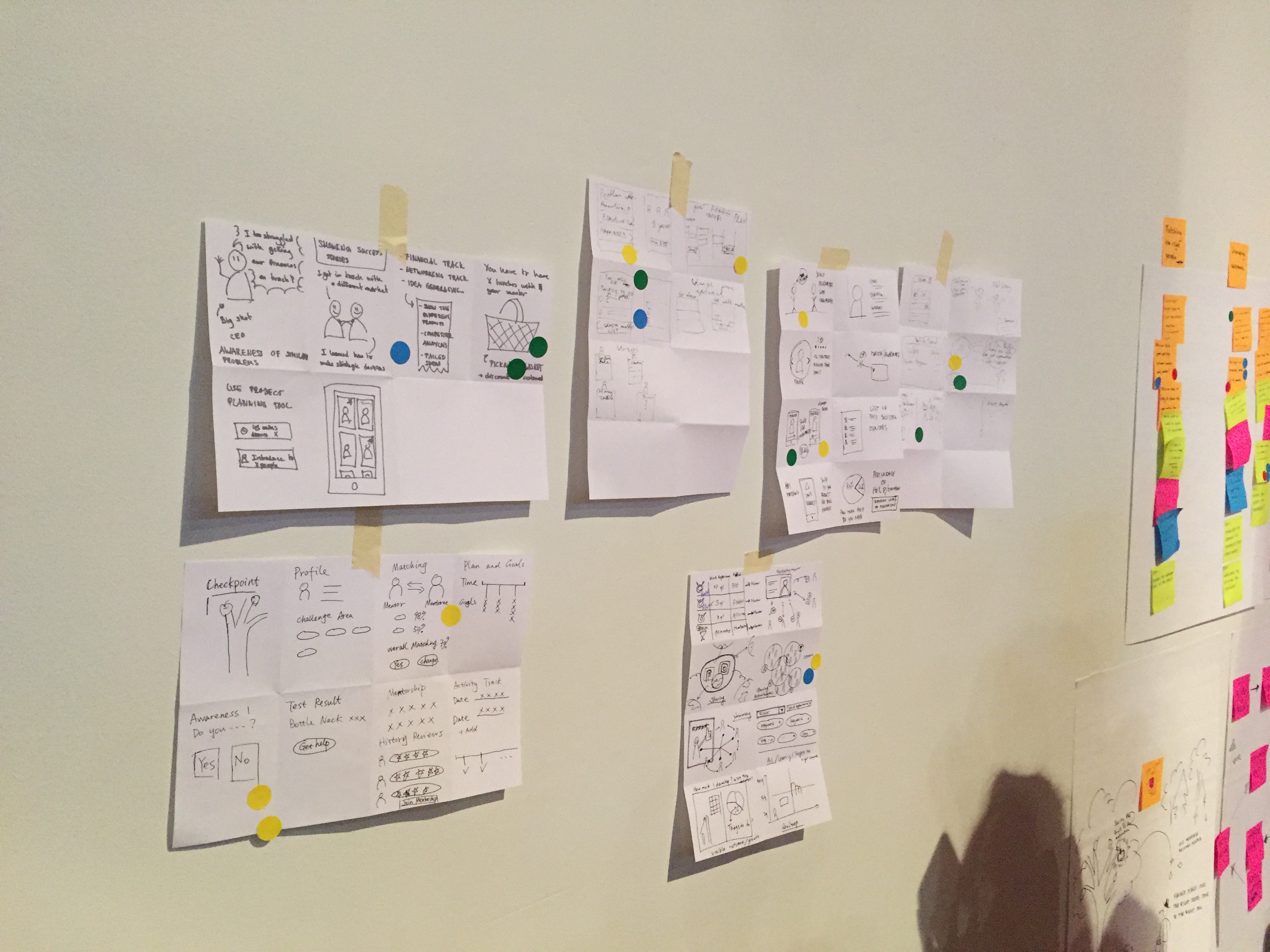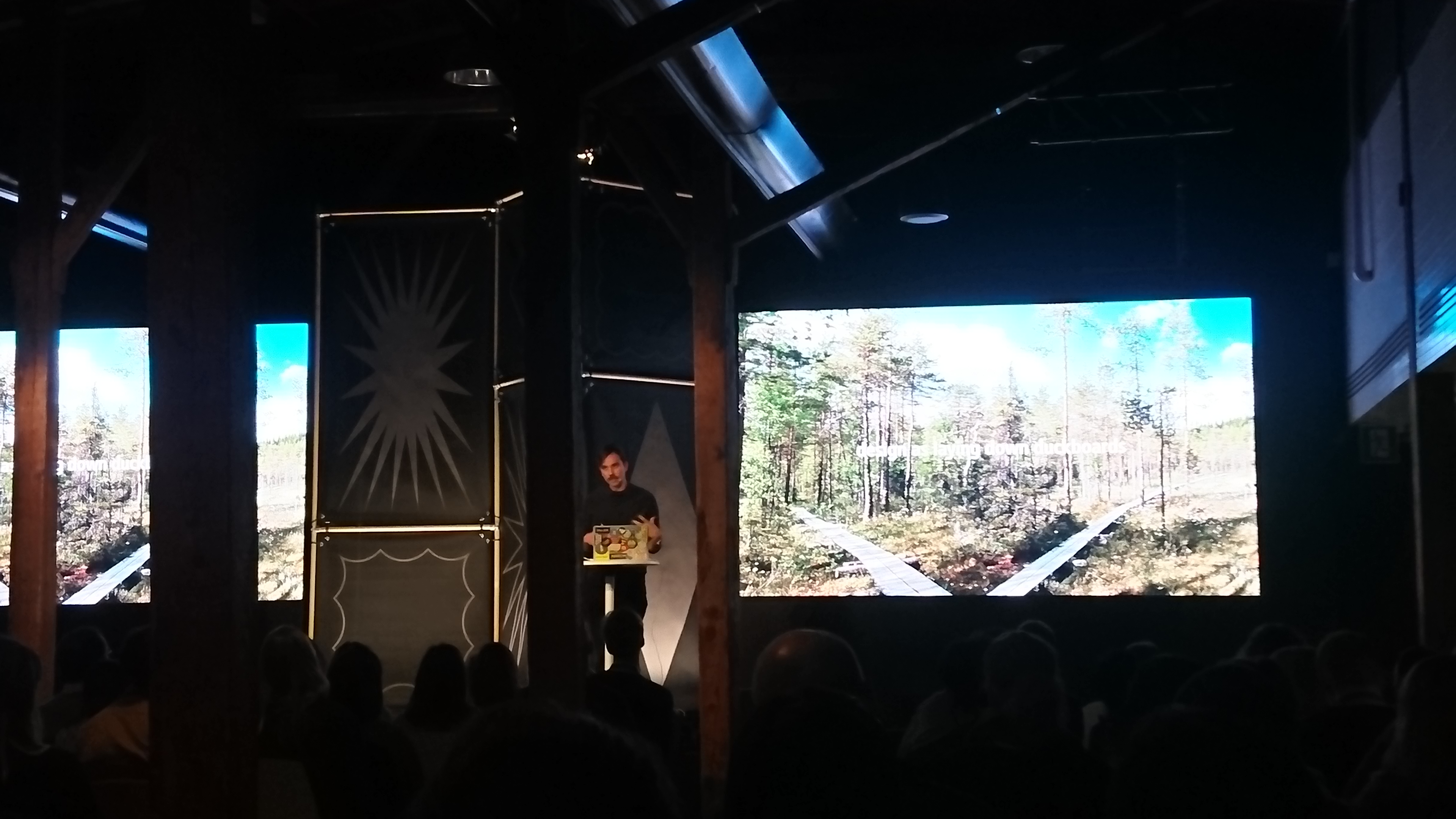In October, Christina Freyhult had the chance to visit the Google design conference SPAN, this year located in Helsinki, Finland. A fitting location for a design conference, as Finland is renowned for it’s design heritage (think Alvar Aalto or Marimekko).
The naming of the conference is intended to focus on the SPAN where design operates; the span of technologies, span of designers and span of fields.
Highlights of the conference
Material design
“Material design” was a big theme, as it was Google who was hosting. They presented the basics of the material design (their design system), along with research that is ongoing. An example of the research concerned the placement of labels for fields, where the results showed that the best placement of the field depends on what the user needs to do (understand the label or scan a larger group of labels).
Workshops
Amongst options such as “Created your own font”, “Design a conversational UI” and more, I chose to attend the session on Design Sprints. While I was hoping on some more insights on how design and development meet on a daily basis, the session focused on a practical run through of the main steps of a single design sprint.
It was still a fun reminder of the importance of co-creation and of looking at challenges in different ways, focusing on situations and needs before getting carried away with solutions.

Alongside workshops, many speakers had their turn in the spotlight. Here are my favourites:
Isabelle Olsson from Google Home
She spoke about the process of developing a physical device and all of the different variations that they tried before finding the correct fit. This also reflects on how their design language can be viewed as three degrees of permanence: Soul, body and clothing. Keeping them same soul, adapting the body and changing the clothes means that Google can evolve their design without losing themselves.
James Bidle: “Stop making things easy”
“Stop making things easy” was an unusual and inspiring talk that turns away from an ongoing trend of simplifying all design. By making complicated systems more opaque (hiding the rules and mechanisms), we are depriving users their possibility to understand the systems that govern their daily lives. Algorithms make choices for us and we do not even know what is happening “under the hood”. We are, in the end, undermining the democracy and freedom of allowing people to make their own choices.
I found this relevant to many of our systems at Visma which tends to never expose the underlying rules (e.g. tax rules, company policies), for fear of confusing the users. Perhaps we should offer those users who seek to understand the outcome, a peek under the hood?

In all it was a fun and short conference, with a single (and well coordinated) day that was packed full of insights, inspiration and other designers.
I recommend that more people sign up for the conference next year! It’s free, but tickets are given randomly.

